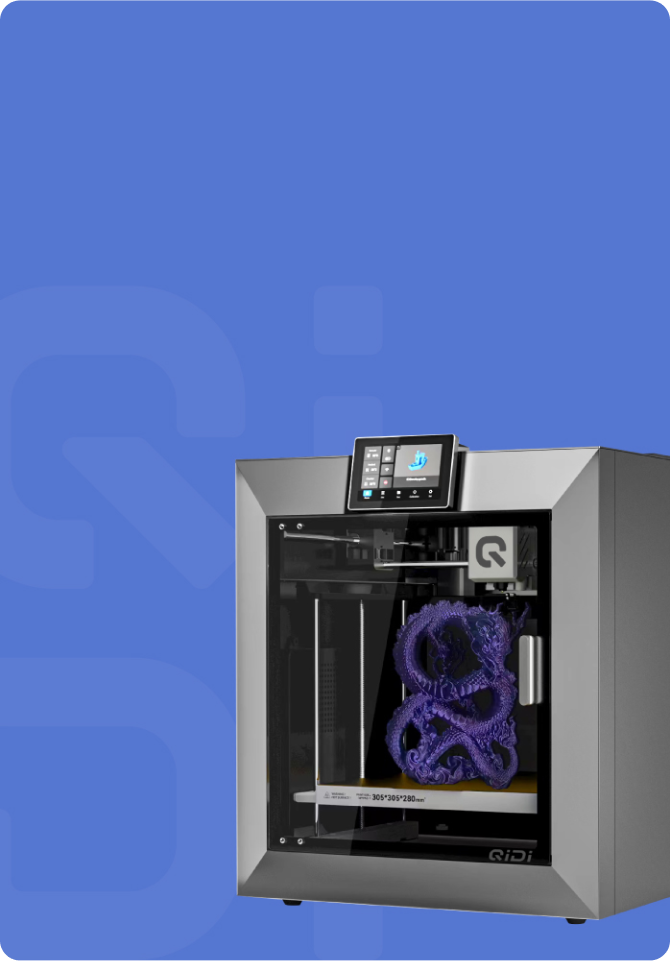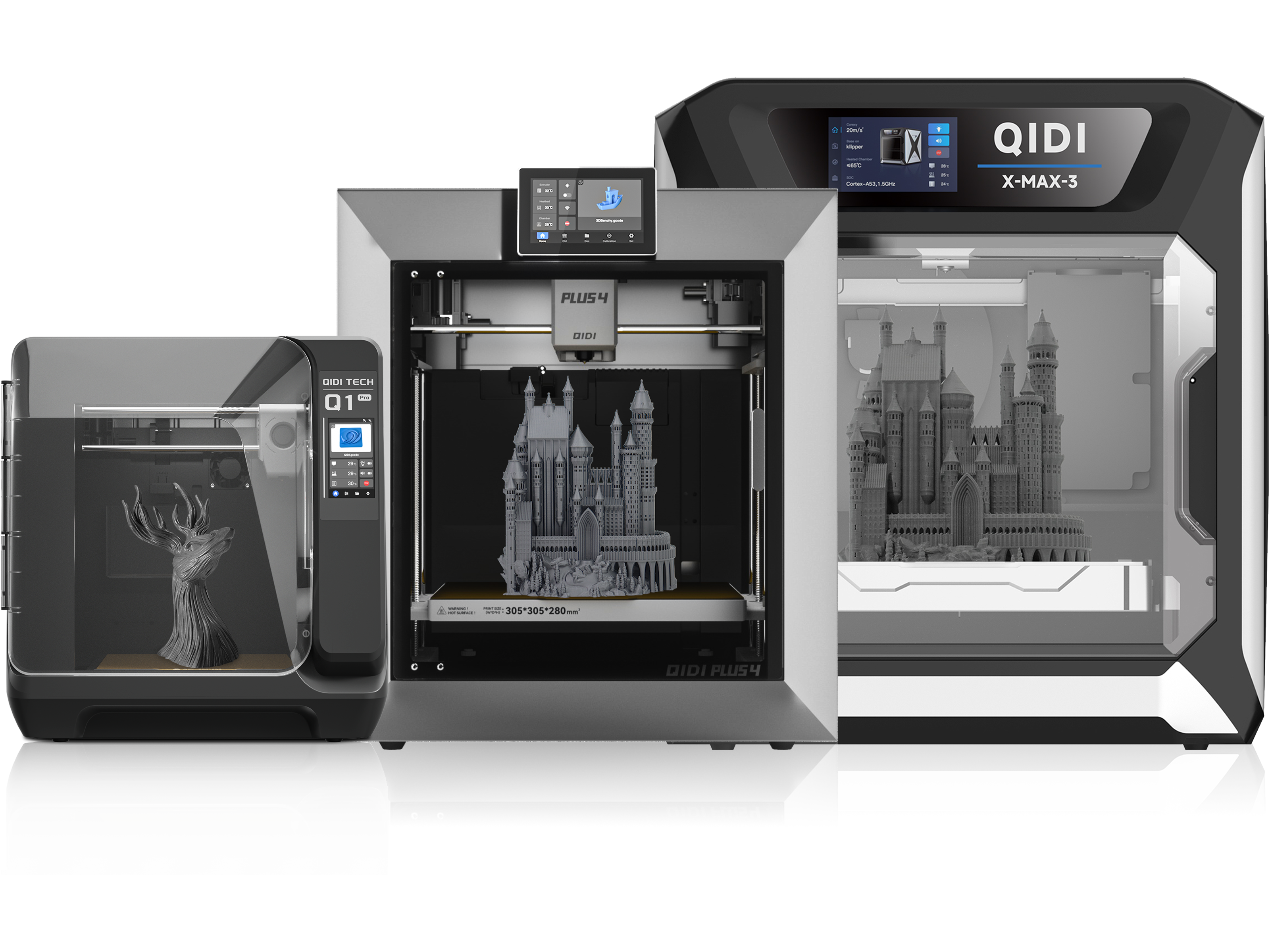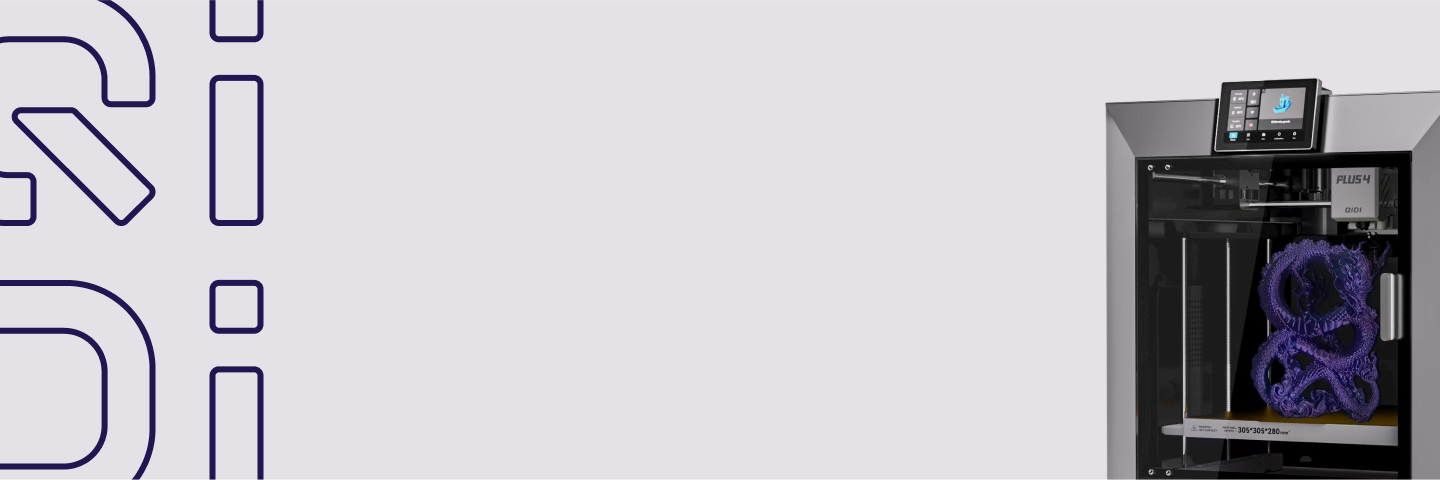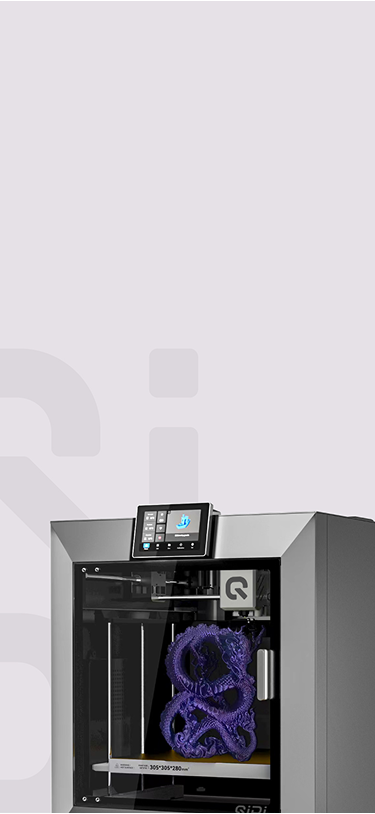3D printer buying guide
Find the perfect 3D
printer for your projects.
Start your creative adventure today!
Bring Your Ideas to Life with QIDI FDM 3D Printers
Fused Deposition Modeling (FDM) is a prevalent 3D printing technology at the heart of QIDI’s offerings.FDM 3D printersoperate by heating thermoplastic filaments to a semi-liquid state and precisely depositing them layer by layer onto a build platform, guided by a digital 3D model. This additive manufacturing process allows for the creation of complex three-dimensional objects with high precision and repeatability.
FDM printers are one of the most popular types of 3D printers on the market today. This type of 3D printer has good material compatibility and user-friendly applications.
Material versatility: FDM 3D printers support the use of a variety of thermoplastic materials, including PLA, ABS, PETG, TPU, etc. Each material has unique properties, such as strength, flexibility, heat resistance, and transparency, and you can choose the most suitable 3D printing material according to your specific application.
Cost-effectiveness: Compared with other 3D printing methods, FDM technology is generally more affordable. The cost of FDM printers is relatively low, and the price of raw materials (filaments) is also reasonable. This makes FDM a viable choice for hobbyists, educators, and small and medium-sized enterprises.
Easy to use and maintain: Our FDM printers are equipped with a simple and clear control panel, allowing beginners to easily control the basic functions of the printer by pressing buttons or turning knobs. The operation process is intuitive and easy to understand. Maintenance is also simple, mainly involving regular cleaning, nozzle replacement, and occasional calibration.
FDM 3D printers are used in many fields, including:
Daily Necessities: Print household items such as mobile phone holders, key chains, coasters, spice jar holders, and office supplies such as file storage boxes and mouse pads.
Artistic and Decorative Pieces: Used to create sculptures, including abstract sculptures and sculptures with specific themes, and to make unique jewelry such as earrings and necklace pendants.
Educational Models: Make teaching models, such as human organ models in biology classes, topographic models in geography classes, and geometric models in mathematics classes.
Industrial Prototypes & Custom Parts: Print product prototypes for appearance and function testing in the early stages of product development, and print customized parts for special industrial equipment.
Medical & Healthcare Applications: Make customized orthopedic appliances, such as arch support pads, and surgical guides to assist oral or orthopedic surgery.
If you are not sure which 3D printer is suitable for you, you can first clarify the purpose or goal of printing:
Printing purpose
Consumer level (personal/family): suitable for printing small models, creative designs, and usually with a lower budget, such as Qidi Tech Q1 Pro.
Professional level (education/laboratory): needs to take into account both accuracy and stability, which supports high-speed printing and automatic leveling.
Industrial (production/manufacturing) printers like the QIDI Plus4 are designed for high-intensity production. It has a large build volume for handling large projects. The QIDI Plus4 has a heated chamber temperature of 65°C and supports high-temperature resistant materials, which helps to achieve high-quality prints.
Printing target
Model size: Industrial level requires large build size, while consumer level is mainly 200-300mm³.
Material compatibility: If you need to print engineering plastics (ABS, nylon) or composite materials (carbon fiber reinforced), you need to choose a model that supports high temperature nozzles and closed structure.
You can also look at performance parameters such as print accuracy. Print accuracy is measured by factors such as layer height and nozzle diameter. Smaller layer heights and nozzle diameters generally produce higher resolution prints with finer details. If your project requires high-precision parts, look for a printer that can achieve smaller layer heights and has smaller nozzle options.
FAQs
Find answers to your most pressing questions about our 3D printing machines and services.
An FDM 3D printer, also known as Fused Deposition Modeling printers, is a printer that creates objects through layer-by-layer deposition of molten plastic filament. The plastic filament is heated until it becomes molten and extruded through a nozzle to form the shape of interest. One reason FDM printers are popular is that they are inexpensive and very easy to use, so they are widely used by both beginners and professional users.
FDM 3D printers have several advantages. The first one is that they are usually more cost-effective than other types of 3D printing technologies. This economy makes them accessible to a wide market, such as hobbyists, educators, and professionals. Second, FDM printers are user-friendly and accommodate a wide range of materials, from tough to engineering-grade thermoplastics, such as ABS and PLA. These printers are versatile, which enables one to use them in a wide range of applications, from prototyping to designing functional parts. The parts produced are strong, and they can withstand mechanical use. Running costs are also low, as it does not require any type of hazardous chemicals, making it safe and easy to run.
The FDM 3D printing process involves designing a 3D model using CAD software. After your design is ready, slicing software is used to convert the model into various layers. The printer then heats the plastic filament and extrudes it through a nozzle, laying down each layer according to the sliced model. As the layer is laid down, it cools and solidifies, building up the final object. This layer-by-layer mechanism provides control over the final object's shape and structure.
SLA and FDM are two different 3D printing technologies. The main difference is the material and the process. FDM printers use thermoplastic filaments, which are melted and extruded to lay down layers. SLA printers use liquid resin that is cured by a laser to cure each layer. SLA is usually at a better resolution, and the surfaces are smoother, so it's very fit for the designs with much detail and very intricate. FDM is more suitable for functional prototypes and bigger parts because it's stronger and cheaper. Generally, FDM is also cheaper compared to SLA printers and their materials.
Print resolution, layer height, extruder and platform temperature, print speed, filament quality, nozzle size, and proper slicer settings all impact the final print quality. Dual extrusion, an enclosed build chamber, and auto-calibration features also help improve consistency, precision, and reliability.

 Q2
Q2
 QIDI Box
QIDI Box
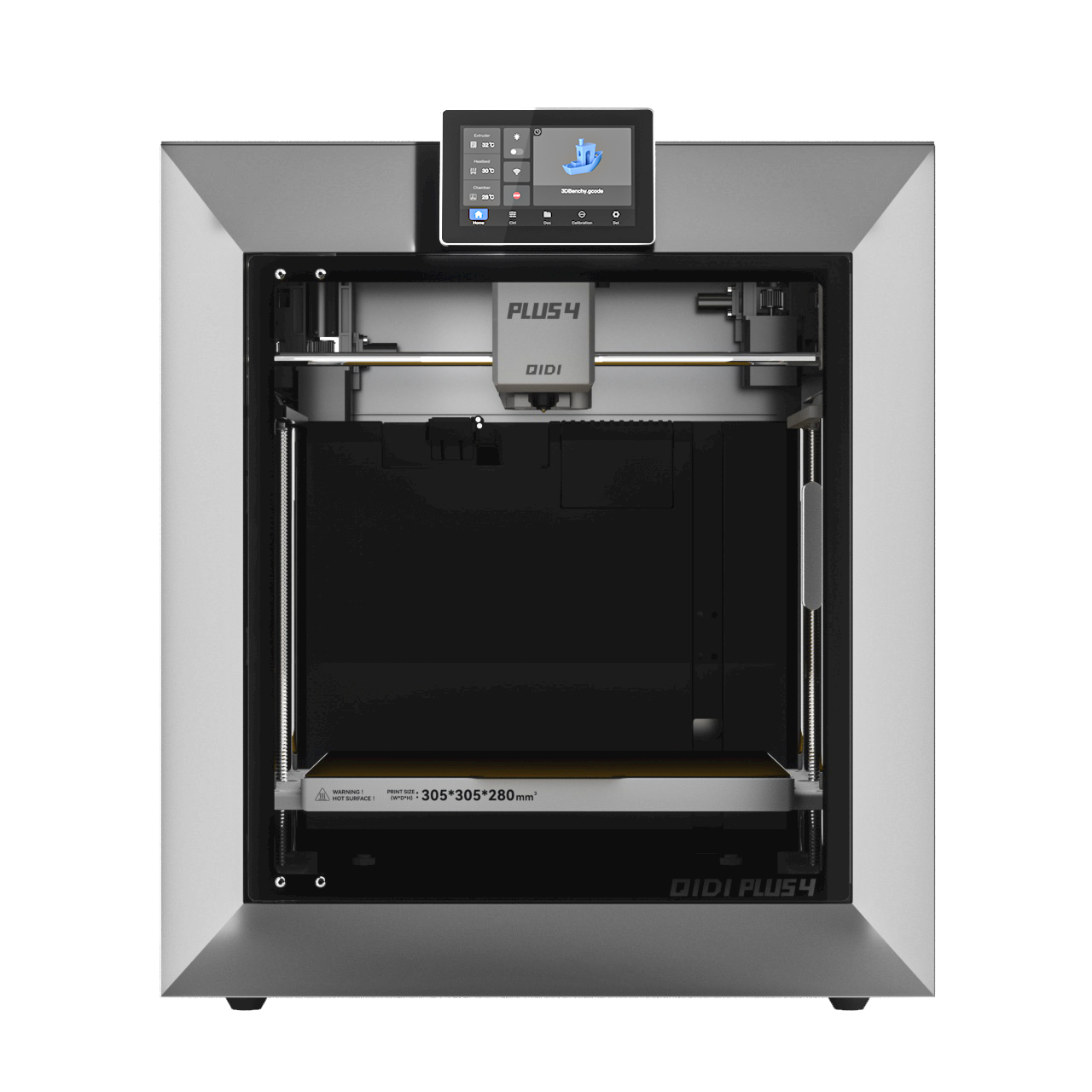 Plus 4
Plus 4
 Q1 Pro
Q1 Pro
 X-Max 3
X-Max 3


